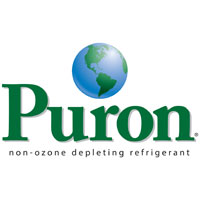Homeowners often wonder if they should be using a heat pump. Knowing the difference between a heat pump and a furnace can help them make a well informed decision. There are major differences in how the devices operate and one is more suited to colder climates.
A heat pump transfers energy, using refrigerant. It can help heat a home. It can also help reduce the indoor temperature. The heat pump runs on electricity and can be used with both heating and cooling systems, to help achieve the desired temperatures within the home. Heat pumps are efficient in their use of energy. They can also help heat the home without the byproducts produced by furnaces.
A furnace, on the other hand, uses fuel, such as coal, fuel oil, natural gas, wood, or coal, to produce energy. Furnaces cost more to operate, when the costs of the fuel source are considered. While some are clean burning, others produce residues or odors that are noticeable to the home’s occupants. A furnace requires a complete system, including duct work, a blower, a way of igniting the fuel, and a larger space to install the device. Furnaces are only capable of heating a home, though they may share duct work with a central air conditioning system.
A heat pump is easier to maintain and works with an air conditioning system, often sharing the same duct work. It is less costly to operate. Newer pumps can also come with filters, to improve indoor air quality. Many new models are eco-friendly. When compared to electric furnaces, they cost less to operate, though they cost more to purchase.
A heat pump is more suitable for homes in warmer climates, as they can help reduce the indoor temperature and can provide warmth on chilly days. A furnace is more suitable for colder climates with several months of cooler weather. Both devices can last a long time, with proper service and maintenance. A furnace will typically require more maintenance over time. Knowing the difference can help the homeowner decide what to install in a new home, or during the renovation process, when updates to the climate control systems are desired.













